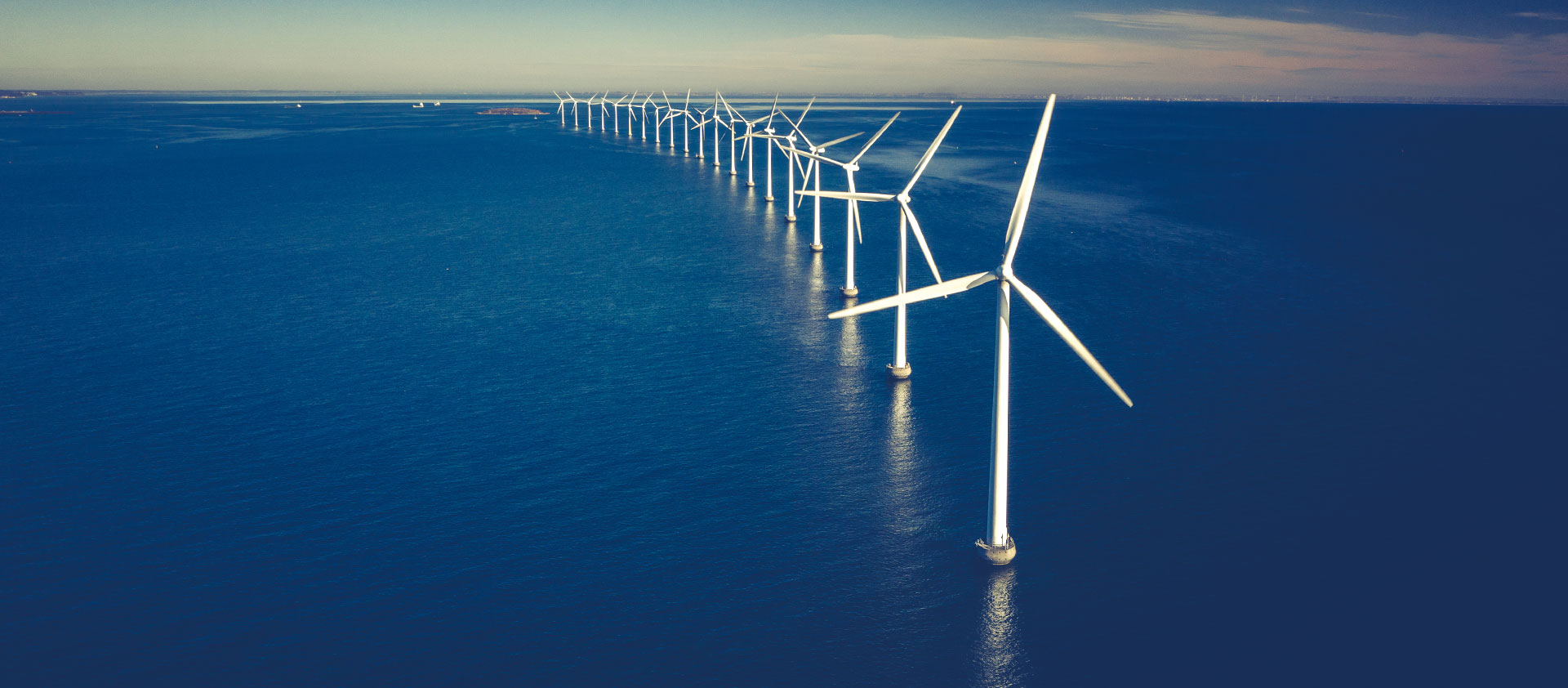Electricity/electrification
AER AGL Aluminium Batteries Battery Budget BYD CATL CBAM China Coal Critical minerals Decarbonisation Diesel DMO Election Electric Vehicle Electricity/electrification electrostate Energy crisis Federal Election Finance Sector & Emissions Gas Green Iron/Steel Hydrogen India & Adani Methane Nuclear offshore wind Oil OP EDS Peter Dutton Podcasts Renewables Solar Tariff Taxes and subsidies US IRA/EU NZIA et al Wind
New Energy World | How Australia Plans for Massive Australian Renewable Energy Hub
___
Australia’s clean power growth tops global leaderboard
PV Magazine
Solar and batteries steal the show, but world needs more renewables quickly to meet 1.5°C target
Renew Economy
PODCAST | China, India and Australia 2024 Update
___
Australia’s energy market briefly reaches ~74% renewables
ABC Radio
VIDEO | Tim Buckley on ABC TV News Breakfast re Australia’s renewables surge
ABC TV News Channel
SunDrive and Trina to jointly make solar panels in Australia
PV Magazine
Albanese’s domestic solar manufacturing hero strikes China pact
The Australian Financial Review
VIDEO | Tim Buckley discusses Green Capital Tsunami report on Sky News
Sky News
The Business Post | Bangladesh lags as renewables set to offer half of global power
___
Korea Zinc takeover bid sparks fears for Australian zinc, renewable energy projects
ABC online
The Daily Star | How should Bangladesh deal with Adani’s $800m outstanding bill?
___
